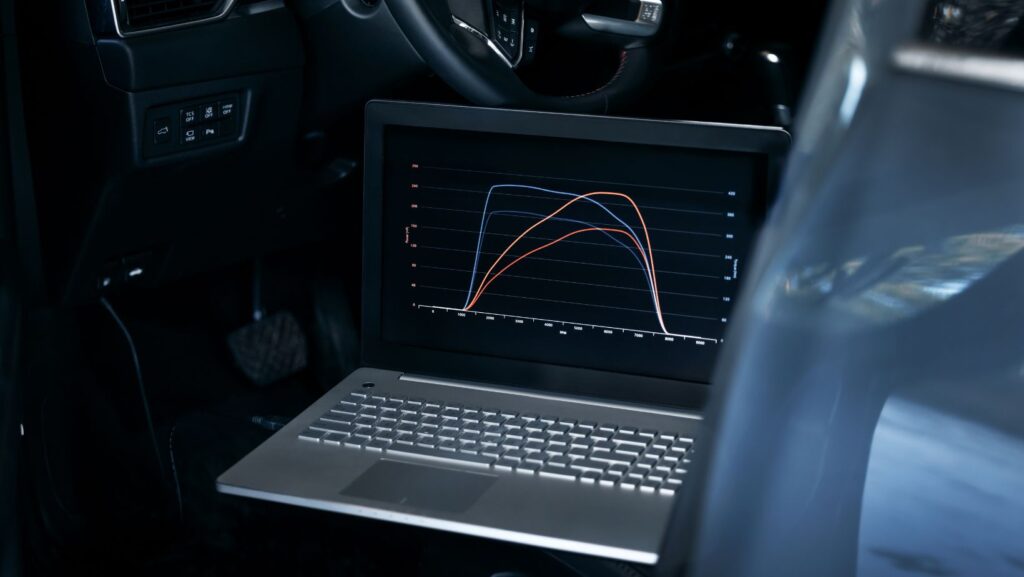
Introduction to Engine Performance Enhancements
In the quest for automotive excellence, engine performance is the pinnacle of achievement for enthusiasts and professionals alike. The allure of pushing a vehicle beyond its factory settings to achieve unprecedented power and efficiency drives the endless pursuit of advanced engine modifications. This article delves into the world of high-level engine enhancements, focusing on stroker kits, forced induction setups, and nitrous oxide systems, exploring their benefits, considerations, and transformative impact on performance.
Understanding the Basics of Engine Performance
At its core, engine performance measures how effectively a vehicle converts fuel into motion. It’s a symphony of harmonized mechanical and electronic components, but there’s always room for improvement. Whether it’s increasing horsepower, torque, or efficiency, every modification can potentially elevate the driving experience.
Why Modify Your Engine?
The reasons for modifying an engine are as varied as those behind the wheel. For some, it’s the thrill of competition; for others, it’s a passion for customization or simply the desire to extract every bit of potential from their vehicle. Whatever the motivation, the goal is to achieve maximum performance.
Key Engine Modifications for Enhanced Performance
Stroker Kits: More Than Just Displacement
Stroker kits are engineered to augment an engine’s displacement by extending the stroke length of the pistons. This critical modification facilitates a larger air and fuel mixture to be drawn into the combustion chamber, igniting more material and significantly elevating the engine’s power output. The primary benefits of installing a stroker kit include a marked increase in both torque and horsepower, which translates to noticeably improved acceleration capabilities. However, this enhancement often necessitates additional modifications to the engine to accommodate the increased power output, such as strengthening the engine block and upgrading the fuel and exhaust systems. There’s also a potential impact on engine longevity, as the increased power can lead to greater wear and tear over time.
- Benefits: Increased torque and horsepower, improved acceleration.
- Considerations: Additional modifications may be required to increase power and impact engine longevity.
Forced Induction Systems: Turbochargers and Superchargers
Forced induction systems, encompassing both turbochargers and superchargers, are designed to compress the air entering the engine. This compression raises the air’s density, enabling the engine to mix more fuel with the air, resulting in a significant power increase. Turbochargers harness the energy of exhaust gases to propel a turbine, compressing the incoming air. On the other hand, Superchargers are directly driven by the engine’s crankshaft, providing a more immediate response but at the cost of consuming engine power.

The benefits of forced induction include a substantial boost in energy and enhanced efficiency at higher revolutions per minute (RPMs). However, these systems can introduce turbo lag in the case of turbochargers, where there’s a delay in power delivery. They also increase the strain on the engine and necessitate extensive tuning to ensure optimal performance and reliability.
- Benefits: Substantial increase in power, improved efficiency at higher RPMs.
- Considerations: It can introduce lag (turbochargers), increase engine strain, and require significant tuning.
Nitrous Oxide Systems: Instant Power Boost
Nitrous oxide (N2O) systems offer a unique approach to increasing engine power by injecting N2O into the engine’s intake. This injection significantly increases the oxygen available for combustion, allowing a more substantial amount of fuel to be burned and, consequently, a dramatic increase in power. The primary advantage of nitrous oxide systems is their immediate and noticeable power boost, coupled with the relative simplicity of their installation compared to other performance enhancements. However, the effects of nitrous oxide are ephemeral, necessitating careful management to avoid depleting the supply prematurely. Moreover, if properly configured and monitored, these systems can avoid causing engine damage due to the intense increase in combustion pressures and temperatures.
- Benefits: Instantaneous power increase, relatively simple installation.
- Considerations: Short-lived effect, potential for engine damage if not properly managed.
Supporting Modifications for Reliability and Efficiency
Several supporting modifications are often necessary to ensure that these power gains do not compromise the engine’s reliability or efficiency. High-performance fuel systems ensure adequate fuel delivery, advanced cooling systems prevent overheating, and upgraded exhaust systems improve the expulsion of exhaust gases.
The Importance of Tuning After Modifications
Modifying an engine to enhance its performance is both an art and a science, requiring mechanical alterations and precise adjustments to the engine’s control unit. The importance of tuning after implementing significant modifications cannot be overstated, as it ensures that the engine operates optimally within its new configuration. This section delves into the critical aspects of engine tuning, including ECU tuning, remapping, and the role of dyno testing in validating the effectiveness of modifications.
ECU Tuning and Remapping: Tailoring Engine Performance
At the heart of modern engine tuning lies the Engine Control Unit (ECU), a sophisticated computer that governs engine operation, from fuel injection and air intake to ignition timing and throttle response. After modifications such as forced induction systems, stroker kits, or nitrous oxide systems are installed, the default settings of the ECU may no longer be optimal. ECU tuning and remapping involve adjusting these parameters to match the engine’s new capabilities, ensuring that the modifications enhance performance and maintain or improve fuel efficiency and emissions.

ECU tuning can adjust the air-to-fuel ratio for optimal combustion, modify ignition timing to prevent knocking or pre-detonation and alter boost pressure in turbocharged engines. Remapping, a more comprehensive form of tuning, involves rewriting the software that controls the ECU, providing a higher degree of customization to achieve specific performance goals.
Dyno Testing: Measuring Success and Ensuring Safety
Dyno testing, short for dynamometer testing, is essential in tuning and providing empirical data on the engine’s performance characteristics after modifications. By placing the vehicle on a dyno machine, which measures parameters such as horsepower, torque, and RPMs under controlled conditions, tuners can obtain a detailed picture of how the engine performs across the entire rev range. This data is invaluable for fine-tuning the ECU settings to achieve the desired balance of power, efficiency, and reliability.
Moreover, dyno testing ensures that the modifications do not compromise the engine’s safety or longevity. By identifying any issues, such as excessive heat, undue stress on engine components, or potential for detonation, tuners can make necessary adjustments before the vehicle is driven under normal or high-performance conditions. This proactive approach helps prevent costly repairs and ensures the car remains safe and reliable.
Conclusion
Advanced engine modifications offer a pathway to unparalleled performance, transforming ordinary vehicles into extraordinary machines. By understanding the benefits and considerations of each modification, enthusiasts can make informed decisions that elevate their driving experience to new heights. Remember, with great power comes great responsibility — ensure your modifications are powerful but also safe and legal.










